Hummingbirds, those tiny, vibrant birds that captivate with their aerial acrobatics, are a delightful addition to any garden. To attract and maintain a healthy hummingbird population, it is crucial to provide bird feeders for outside with clean and safe feeding conditions, especially for large bird feeders for outdoors This blog post will guide you through the steps of cleaning a hummingbird feeder, ensuring that these charming birds continue to visit and thrive in your outdoor space.
Why Clean Your Hummingbird Feeder?

Before diving into the cleaning process, it's important to understand why keeping your hummingbird feeder clean is vital:
- Prevent Disease: Dirty feeders can harbor harmful bacteria and mold, which can lead to diseases among hummingbird populations.
- Attract More Birds: A clean feeder is more attractive to hummingbirds and will encourage frequent visits.
- Improve Nectar Quality: Regular cleaning ensures that the nectar remains fresh and nutritious for the birds.
Supplies Needed for Cleaning
Gather the following items before you begin the cleaning process:
- Hot water
- Mild dish soap or a vinegar solution (one part white vinegar to four parts water)
- A bottle brush or a small brush set
- A sponge or cloth
- Optional: Bleach for deep cleaning (use sparingly)
Step-by-Step Guide to Cleaning Your Hummingbird Feeder
Step 1: Disassemble the Feeder
Carefully take apart your hummingbird feeder. Most feeders consist of a bottle, a base with feeding ports, and other removable parts. Refer to the manufacturer’s instructions for specific disassembly guidelines.
Step 2: Empty and Rinse
Dispose of any remaining nectar in the feeder and rinse all parts under warm running water to remove initial debris and residue.
Step 3: Soak and Scrub
Soak all the feeder parts in a mixture of hot water and mild dish soap or vinegar solution for about an hour. This soaking helps loosen any stubborn residue. After soaking, use a bottle brush to scrub the inside of the feeder bottle and a small brush to clean around the feeding ports and other small components. Pay special attention to nooks and crannies where mold and yeast can accumulate.
Step 4: Rinse Thoroughly
Rinse all components thoroughly under running water to ensure all soap or vinegar is removed. Residual cleaning agents can be harmful to hummingbirds.
Step 5: Disinfect (Optional)
For a deeper clean, especially if there has been a visible accumulation of mold or after an illness in the local bird population, consider using a bleach solution (1 part bleach to 9 parts water). Soak the feeder parts for about 10 minutes, then rinse extremely well with plenty of water to remove all traces of bleach.
Step 6: Dry Completely
Allow all parts of the feeder to air dry completely before reassembling. This step is crucial to prevent mold growth.
Step 7: Refill with Fresh Nectar
Once the feeder is dry and reassembled, fill it with fresh nectar. Ideally, nectar should be a simple sugar solution (1 part white sugar to 4 parts water), boiled and cooled to ensure it's sterile.
Regular Maintenance Tips
- Clean your feeder at least once a week, more frequently in hot weather.
- Change the nectar every few days to prevent fermentation and mold growth, especially during warm weather.
- Inspect the feeder regularly for signs of wear and tear or contamination.
By following these steps and maintaining a clean feeder, you’ll provide a safe and inviting environment for hummingbirds. Not only does a clean feeder help keep the local hummingbird population healthy, but it also ensures that you can enjoy their beautiful presence throughout the season. Happy birdwatching!

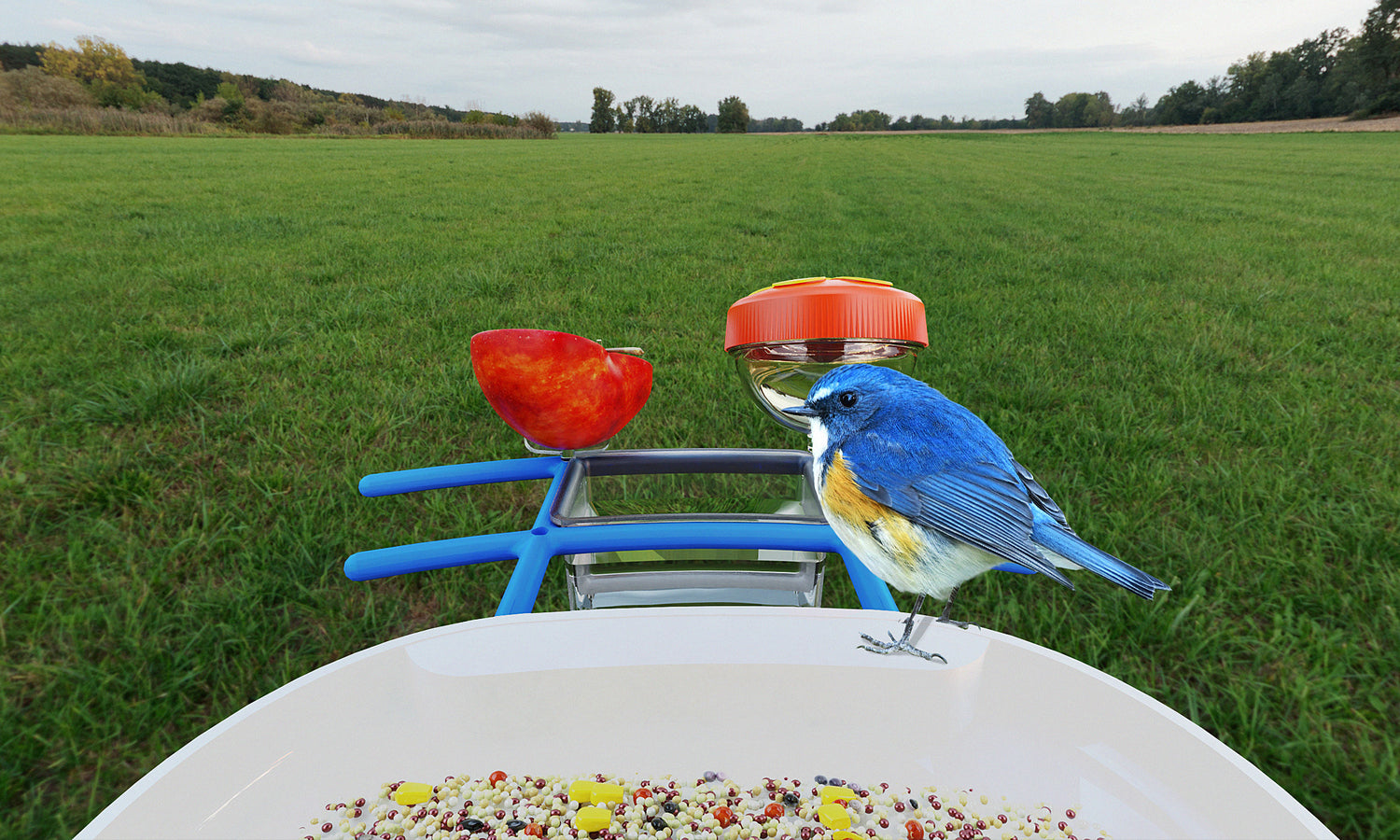
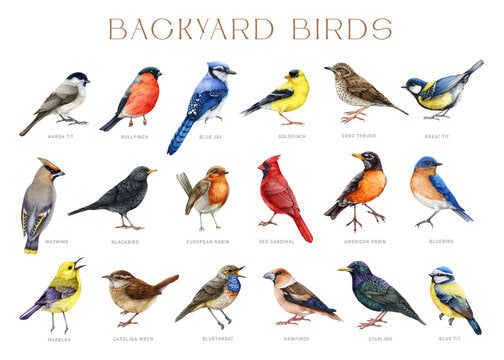
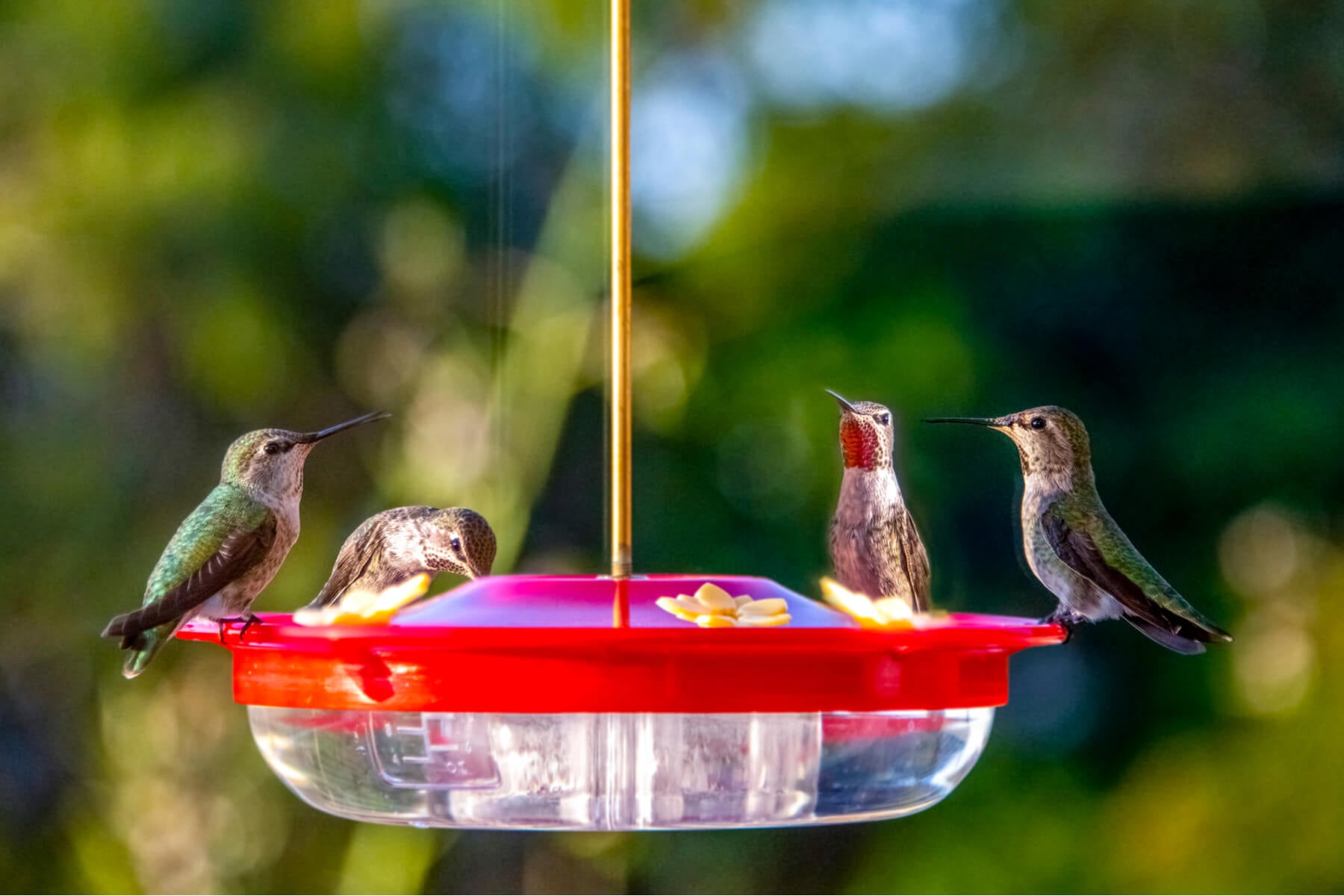
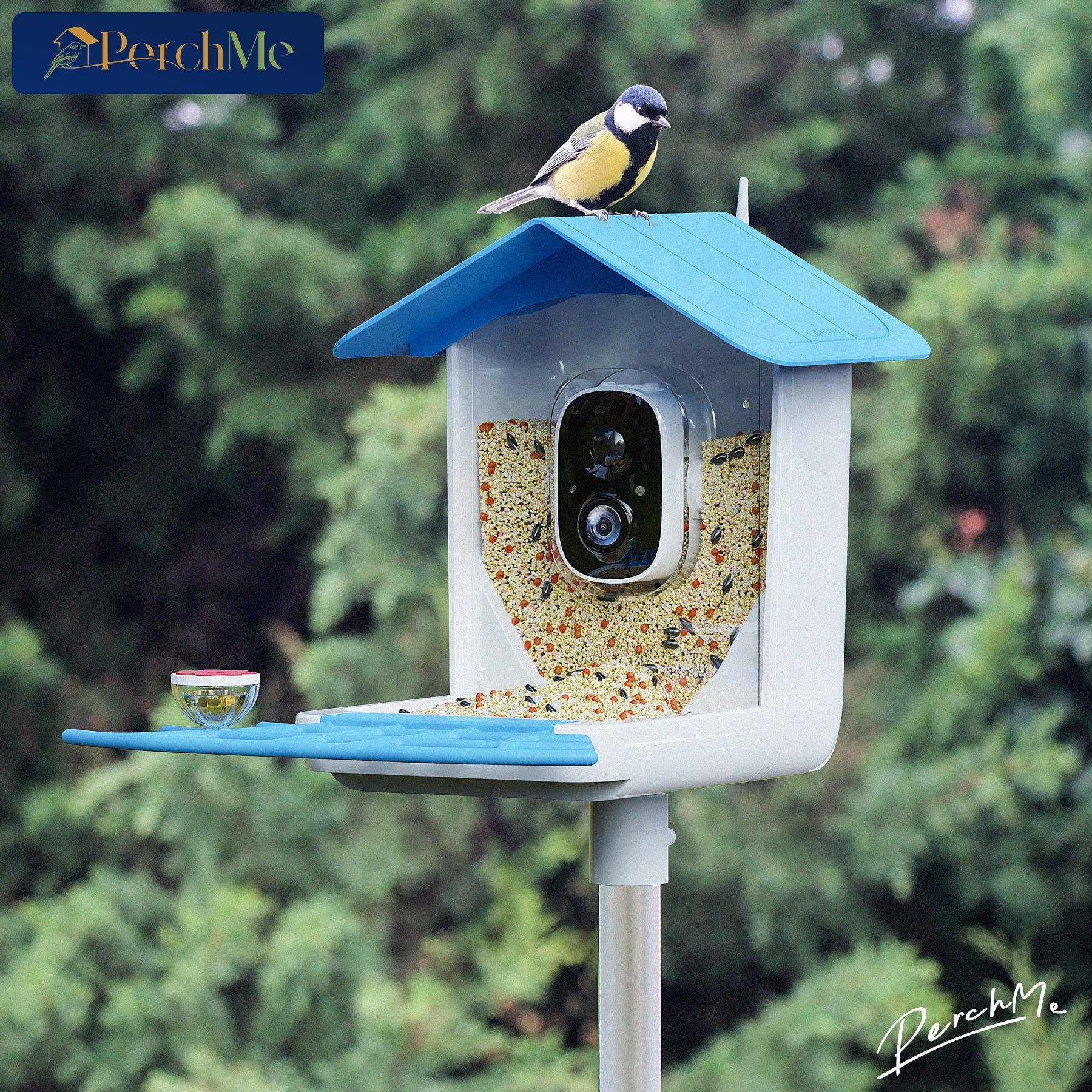
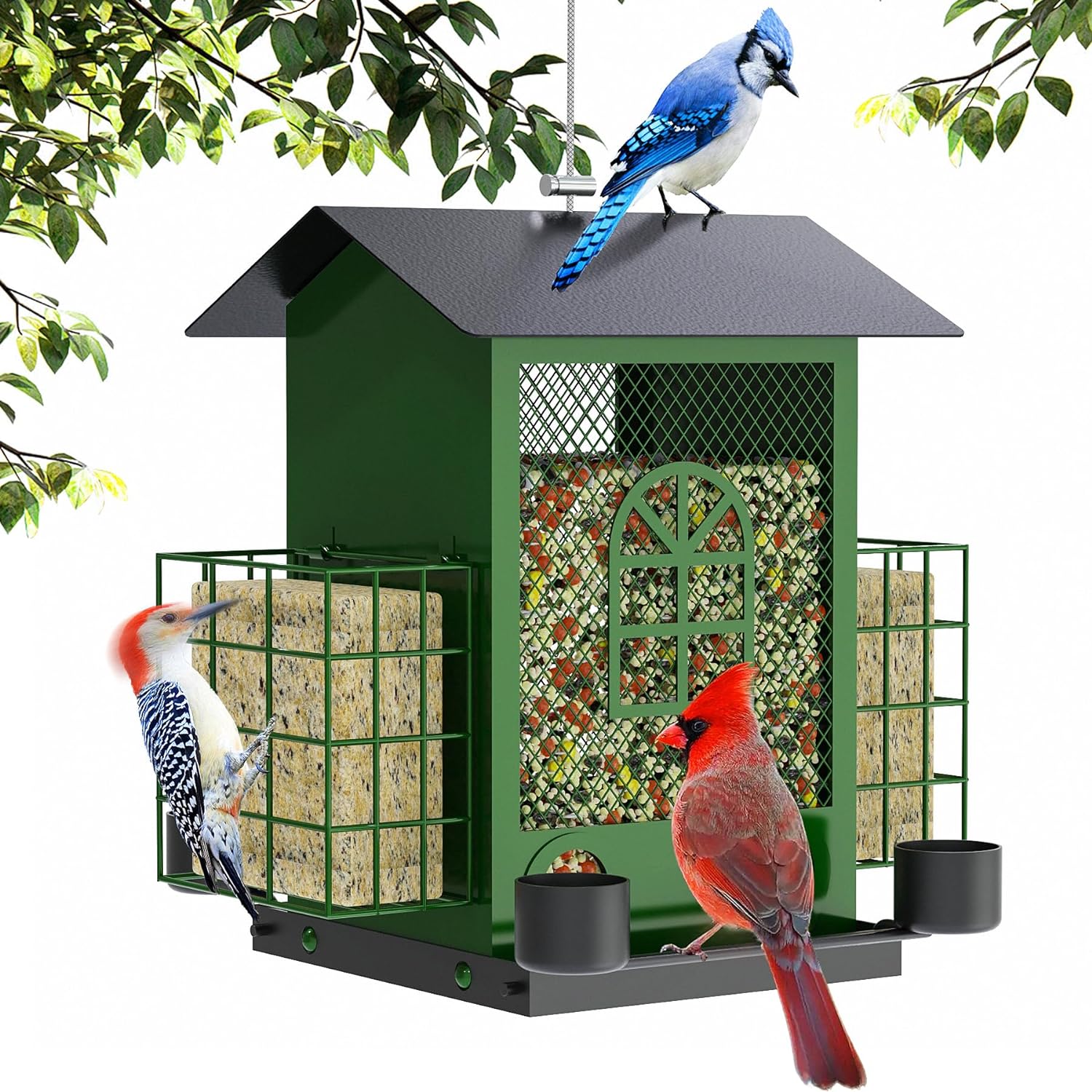




Leave a comment
All comments are moderated before being published.
This site is protected by reCAPTCHA and the Google Privacy Policy and Terms of Service apply.